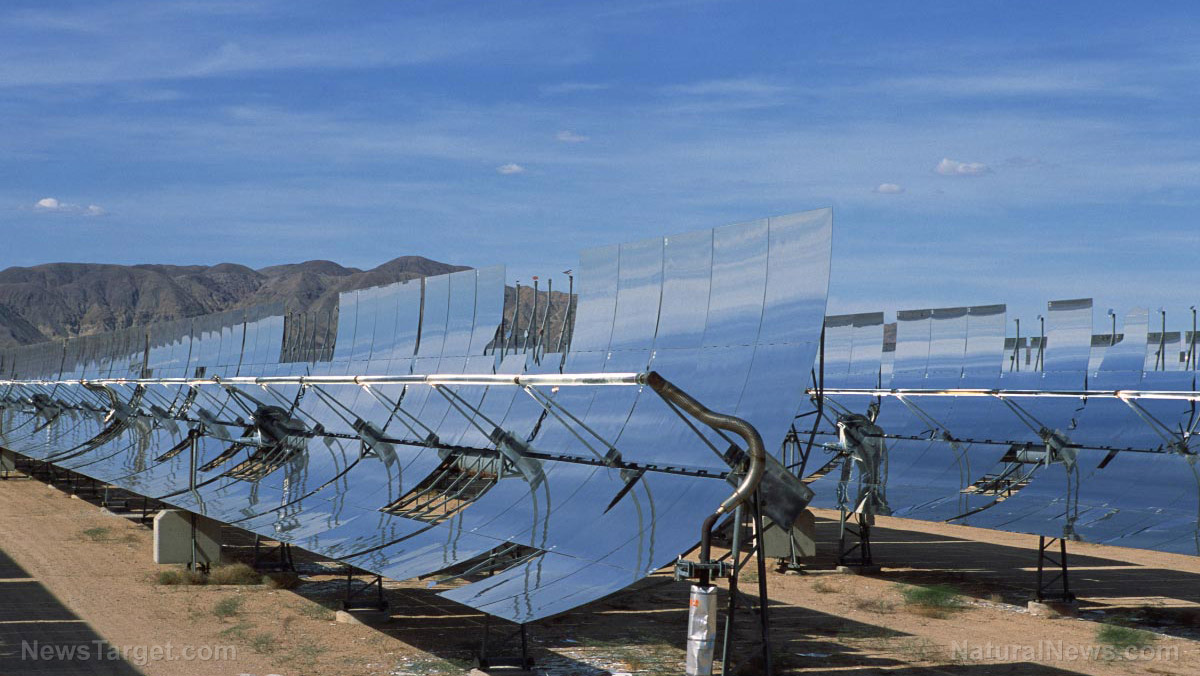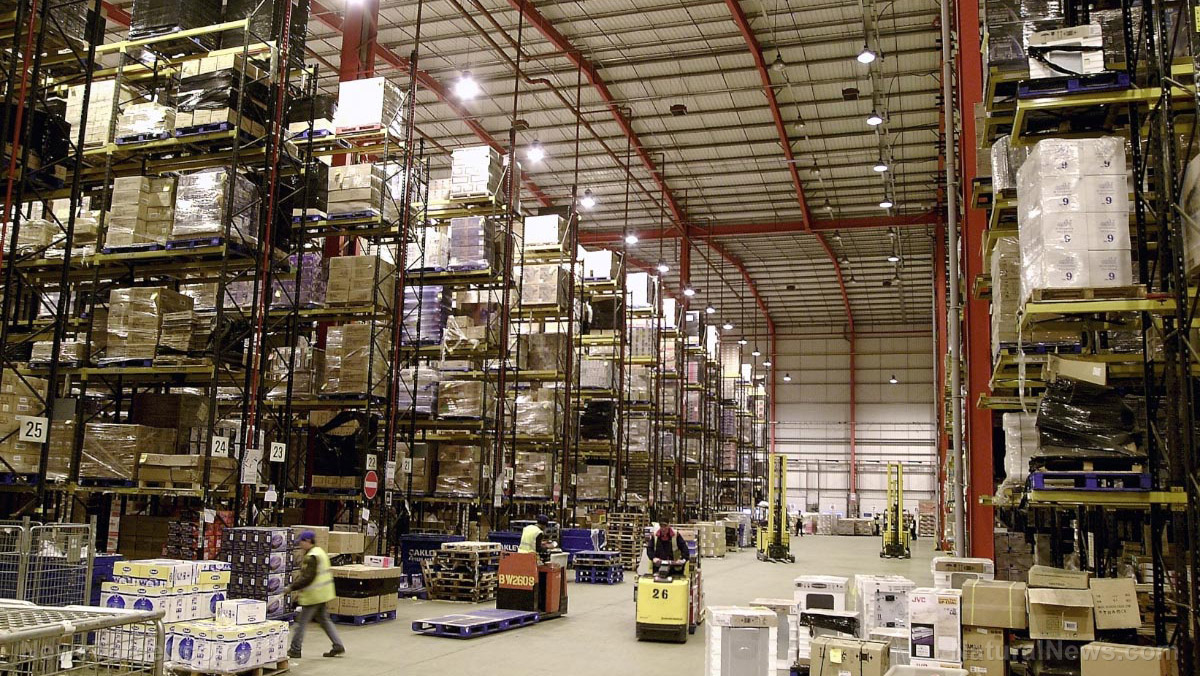Green energy solutions are releasing tons of LEAD into the environment, posing a lasting human health threat
08/20/2021 / By Lance D Johnson

In the fight against “climate change,” green energy solutions abound. Solar panels and wind turbines provide renewable power without the awful emissions, and so they are sold to the public as clean energy sources.
But as these systems age and breakdown, they become a serious source of environmental pollution and become a human health hazard. Most importantly, solar panels break down and disperse lead into the soil, air and into our bodies. These complex pieces of technology leave behind a bulky trail of electronic waste, and there is no efficient way to recycle that waste and deal with the ensuing lead pollution.
Large scale recycling innovations must be realized, as solar panels begin to break down and leach lead into the environment
The International Renewable Energy Agency projects that 78 million metric tons of solar panels will reach the end of their life span by 2050. At that time, the world will be producing approximately six million metric tons of new solar e-waste annually. While there are recycling solutions for most other e-waste materials, solar panels have to go through a more cumbersome process to be fully recycled. For one, the silver, copper wiring, and silicon must be recovered. The panels also contain glass, sheets of polymer and aluminum. The glass, polymer and silicon cells are coated in silver electrodes and soldered with tin and lead.
Sam Vanderhoof, the CEO of Recycle PV Solar, said that only ten percent of decommissioned solar panels are actually being recycled. Most of the panels are dropped off in landfills or exported overseas. It costs about a dollar to throw a standard 60-cell silicon panel into the landfill. If that same panel is recycled, the company may spend ten times as much just to recycle the material. A formal, efficient recycling process has not been established in most places, and many solar panels from the early 2000s are bound for landfills soon.
These landfills will then become epicenters for lead contamination, which leaches out into the soil and air. Solar panels last about twenty-five years. The first solar panels that came about in 2000 are set to be decommissioned soon. Solar panel waste is already a problem because they can be damaged by storms and may need to be replaced entirely by more efficient models. The European Union already has laws for solar panel recycling. These laws have not been established anywhere else in the world.
Toxic lead from solar panels is seeping into our bones, destroying cognition
A new study from Israel shows that humans readily absorb lead from their environment. When lead levels go up in the environment, so does the amount taken up in their bodies. Israeli researchers recently discovered lead toxicity in the bones of humans dating back 12,000 years. A team of researchers from Hebrew University of Jerusalem exhumed human remains from a burial ground in Italy that dates back to the 17th century. The researchers analyzed remnants from 130 grave sites to detect for lead. They found that lead levels rise in humans in accordance with a rise in lead production. There was a rise in lead levels about 2,500 years ago, with the production of coins. There was another rise in lead levels in humans about 1,000 years ago when silver mining took off in Germany. The greatest uptick in human lead exposure was seen during the Industrial Revolution, about 100 years ago.
“This documentation of lead pollution throughout human history indicates that, remarkably, much of the estimated dynamics in lead production is replicated in human exposure. Thus, lead pollution in humans has closely followed their rates of lead production,” explains Professor Yigal Erel in a media release. “Simply put: the more lead we produce, the more people are likely to be absorbing it into their bodies. This has a highly toxic effect.”
The greatest concern today isn’t lead paint and lead pipes. The worst lead exposure will soon be coming from electronic devices, batteries, wind turbines and solar panels, which leach lead into the soil, water and air.
“The close relationship between lead production rates and lead concentrations in humans in the past, suggests that without proper regulation we will continue to experience the damaging health impacts of toxic metals contamination,” the study lead author warns.
Sources include:
Tagged Under: brain damage, cognition, electronics, environ, environmental lead, green energy, lead exposure, poison, power grid, recycling, solar panels, toxic lead, toxins, Wind Turbines
RECENT NEWS & ARTICLES
Electricity.News is a fact-based public education website published by Electricity News Features, LLC.
All content copyright © 2018 by Electricity News Features, LLC.
Contact Us with Tips or Corrections
All trademarks, registered trademarks and servicemarks mentioned on this site are the property of their respective owners.





















